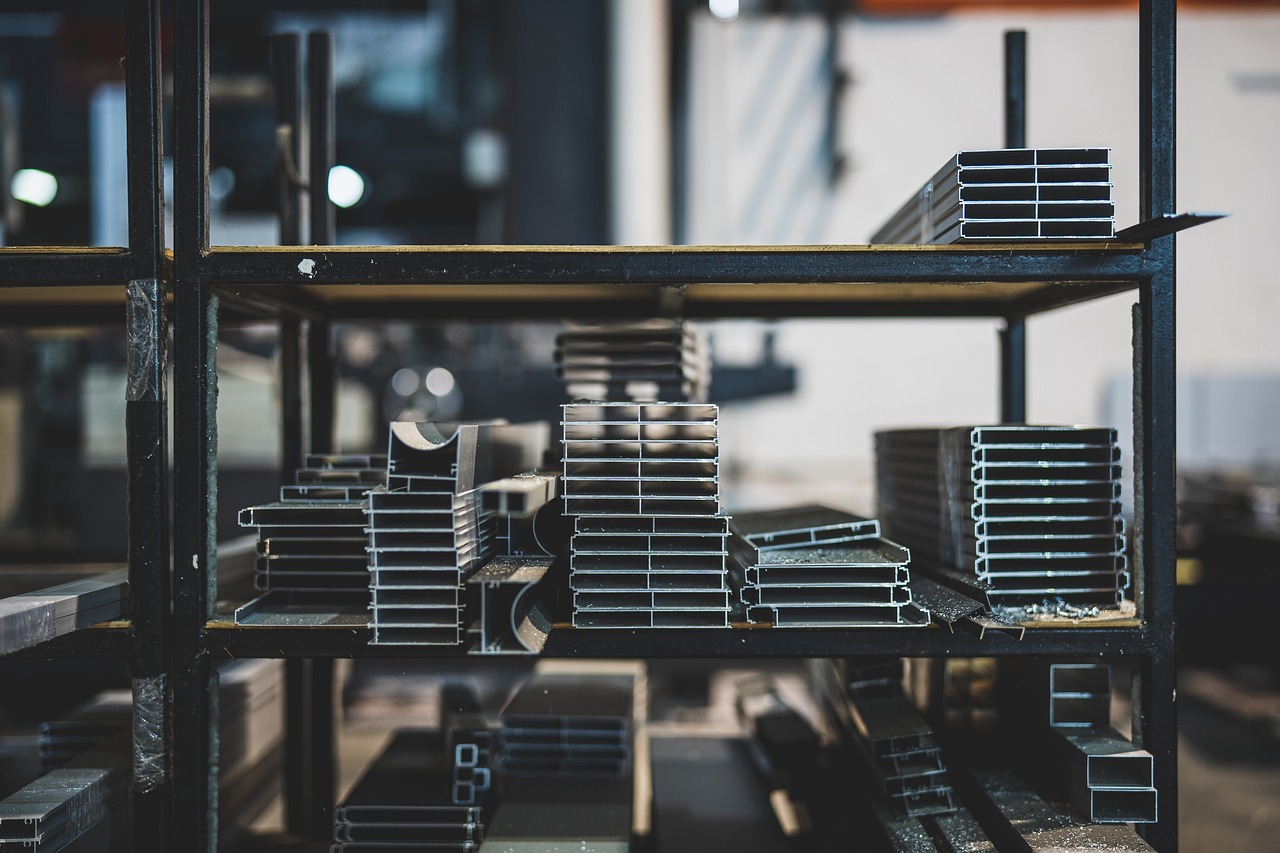6061 Aluminum Alloy: 10 Must-Know Facts

6061 Aluminum is a versatile, high-performance material. Highly cost-effective, it features a high aluminum content level and major alloying elements of magnesium, silicon, copper, and chromium. It can also contain trace amounts of additional elements, depending on an application’s requirements. It’s the most widely used heat-treatable aluminum alloy available and a critical alloy in many demanding applications.
6061 Aluminum provides a balance of strength, machinability, weldability, and excellent corrosion resistance. Plus, it’s non-toxic and bio-compatible. 6061 Aluminum properties can be changed by heating and cooling it. Called precipitation hardening, the process increases the material’s strength. 6061 also has a melting point of 585 °C (1,085 °F), an E-modulus 68.9 GPa (10,000 ksi), and a Poisson’s ratio: 0.33. In addition to the above-mentioned characteristics, 6061 aluminum has special properties that make it well-suited for specific applications. It has good thermal conductivity, making it ideal for heat sinks and other applications where heat transfer is critical. It also has good electrical conductivity, making it a good choice for electrical applications. Plus, it has a high-strength-to-weight ratio, making it stronger than pure aluminum but significantly lighter than steel and copper, making it ideal for situations where strength and lightness are factors.
6061 Aluminum: Versatile and High-Performing
6061 Aluminum is ideal for numerous applications in various industries—from aerospace and automotive to construction, consumer, and medical. Typical uses for 6061 are wings, fuselages, landing gears, engine blocks, transmission housings, car frames, building facades, windows, doors, and food containers.
6061 Aluminum is also used in sporting goods, bicycles, electronics, and machinery components, as well as in medical implants, golf clubs, and heat sinks. Plus, 6061 is a good choice for applications where metal is exposed to the elements, such as outdoor furniture and marine components, and applications requiring welded joints.
Ten Things to know about 6061 Aluminum
- It forms a thin, protective oxide layer when exposed to air to help prevent corrosion, making it an excellent choice for demanding applications.
- One of the most weldable aluminum alloys available, it can be welded using a variety of methods, including TIG, MIG, and arc welding.
- 6061 Aluminum is among the most recycled materials in the world, capable of being recycled repeatedly without losing any of its quality.
- Its elemental composition is aluminum (97.9%), magnesium (1.0 %), silicon (0.6 %), copper (0.28 %), chromium (0.2 %), and trace amounts of other elements (0.15% each).
- Corrosion resistance and strength can be improved through tempering just below the melting point, which enhances the characteristics of metal by subjecting it to a high temperature.
- Its shear strength, which is a material’s ability to resist being sheared by opposing forces along a plane, is about 207 MPa (30,000 psi).
- The most common temper for 6061 aluminum is T6, a heat-treated temper with good strength, hardness, and durability.
- It can be hot worked at a temperature of 260 to 372°C (500 to 700°F)—a temperature range above aluminum’s recrystallization temperature, enabling the alloy to be deformed without cracking.
- Fatigue strength is 96.5 MPa (14,000 psi), so it can withstand a repeated stress level of 96.5 MPa for a large number of cycles before it fails.
- It is especially good at resisting corrosion from concentrated nitric acid, ammonia, and ammonium hydroxide. You can remove the corrosive effects by coating the alloy with a protective layer, to which 6061 alloy responds well.
6061 Aluminum Tempering
6061 aluminum can be tempered to achieve different mechanical properties. For example, manufacturers use these heat treatments to control the material’s strength and ductility. The most common temper is T6, which balances strength and ductility well.
Popular tempers of 6061 Aluminum include:
- O: This temper is the softest and most ductile temper of aluminum 6061. It’s easy to form and work but has the low strength.
- T4: This temper balances strength and ductility. It’s ideal for applications where both formability and strength are required.
- T1: Similar to 6061-T4, this temper has slightly lower strength and higher ductility than that temper.
- T5: This temper balances strength and ductility but is not as strong as 6061-T6. It is often used where good formability and strength are required but not the highest strength.
The best temperature for an application depends on its requirements. Tempering 6061 aluminum, however, can affect its machinability and weldability. If you need help determining which temper is ideal for your application, consult a materials engineer.

 Tech Steel & Materials
Tech Steel & Materials
Comments are closed